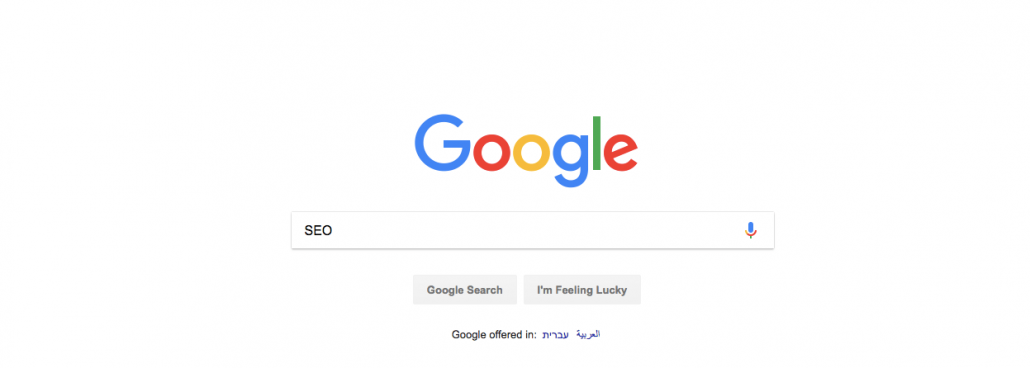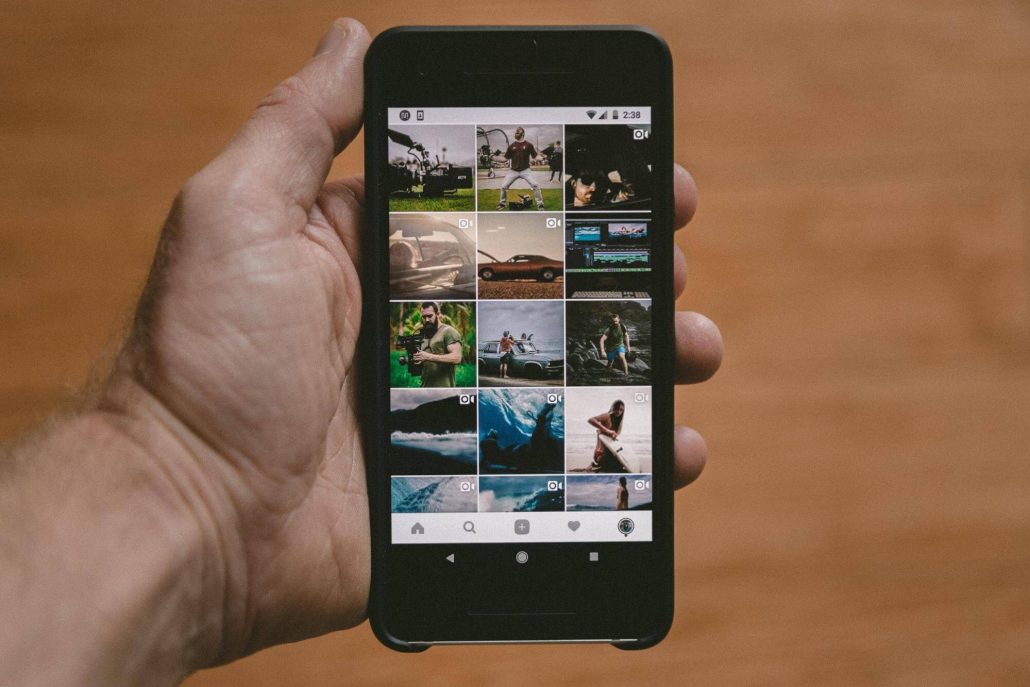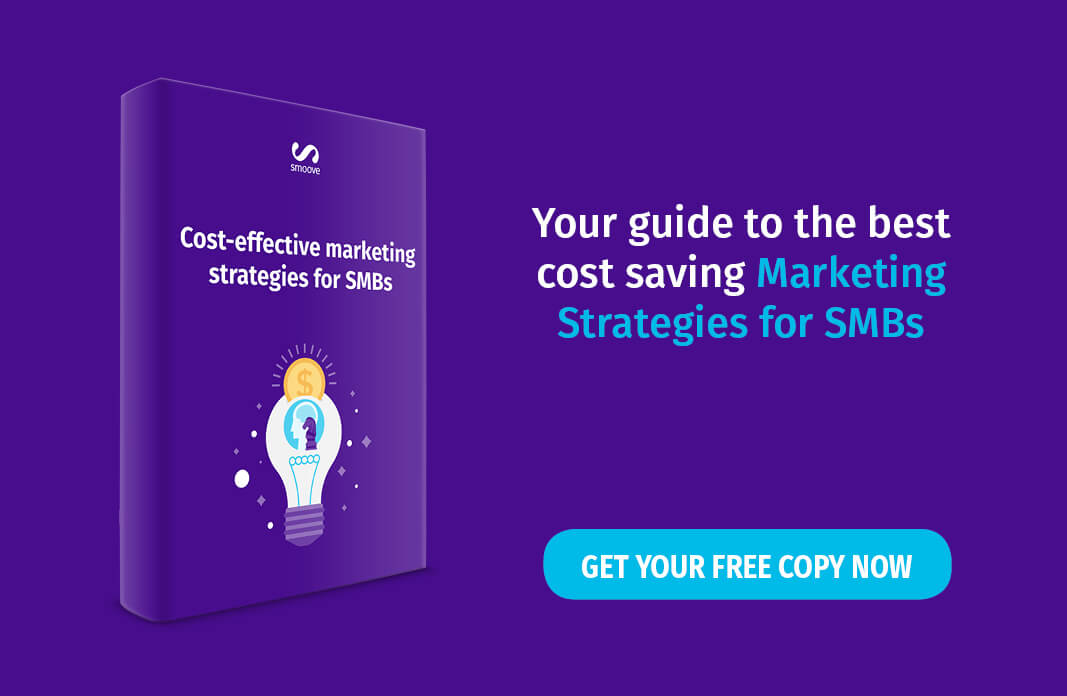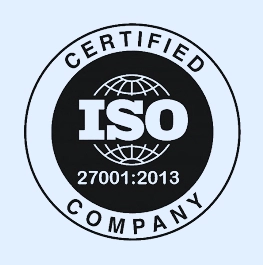You’re ready to put your digital marketing strategy to the test, but you don’t want to, neither can you afford to break the bank.The good news is there is a lot you can accomplish with little to zero cost using online solutions to reach mass audiences. According to research, Americans alone spend, on average, 24 hours a week online. That’s more than half the typical work week. This mass audience across a digital landscape translates to multiple touch points and maximizes your opportunity for conversion.
If you’re looking for fresh ideas and quick wins, this list was made for you:
1. Search Engine Optimization (SEO): More Than Keywords
Search engines work off of algorithms and use artificial intelligence that continuously optimizes and learns, which means your SEO tactics should be updated constantly. There are two aspects to SEO, namely onsite and offsite. Onsite SEO takes into consideration your page speed, LSI keywords (read on), and the website’s main topic. Off-site SEO includes local listings and other sites linking back to your domain. Both are important to consider when working on your website’s SEO rankings.
Let’s take a look at how search engines rank pages to understand what aspects are worth spending time and potentially some money to optimize. Google’s entire system, Hummingbird, incorporates its machine learning artificial intelligence called RankBrain to rank your website in a search. While search engines use thousands of factors to rank websites when receiving a query, there are a few simple steps to take, to set your site up for maximum success.
 Source: Screenshot
Source: Screenshot
For starters, there are multiple free online resources you can find by searching “SEO analyzer tool” on Google, or your preferred search engine. Once you select one, simply enter your domain and check the feedback.
Some of the tools to start with include Google PageSpeed Insights and Google Search Console. Google added site speed parameter to its algorithm because the faster a site loads, the better the user experience and likelihood of conversion. Google Search Console tests if your domain is understandable for Google, provides you with what site errors you may have, and indexes its overall performance.
It’s important to note that Google crawls pages and will rank them as low value pages if the same exact keyword is repeated multiple times. The search engine uses latent semantic indexing (LSI) to scan a page and note the relationships and patterns between keywords and concepts in its text. This means it’s important to use synonyms in your content and keywords in the title. It’s not worth trying to get away with overcrowding your content with the same keywords because the system can easily detect that as a “hack” and, in turn, you’d be doing your business a disservice. At the same time, the main intent should be to emphasize the content on the website that satisfies the user’s intent, so that they actually find what they’re looking for when they search and click through to your website.
While on the topic of keywords, some companies focus on head terms, which are the most searched for terms within a monthly span in your industry. But, it’s important to also consider “long-tail terms,” or the growth that results from SEO in the long-term with the combination of less popular keywords. The proof is in the statistics. To exemplify, Amazon generated 57% of its sales from long-tail keywords.
Commonly, websites are missing H1 tags (headers) or have multiple H1 tags per page in their HTML and are lacking meta descriptions, which will hurt your rankings. Additionally, you can add a plugin, like Yoast SEO or others in your CMS to better manage your SEO. Yoast SEO analyzes your page and uses a simple color coded system in the form of “green, orange or red” by providing a bulleted list and specific tips to optimize each page of content for SEO.
Another important factor to consider is if your website has a blog, be sure that you’re implementing “Alt Text” on images and use keywords in the title and body of your posts to improve SEO. Furthermore, you want all your website’s pages to exist on the same domain so that Google can recognize it all as the same site. For example, you wouldn’t want your blogs domain to be “blog.domain.com”, instead, make sure it’s “domain.com/blog.”
2. Social Media: Get to Sharing
Platform-Specific and Curated Content
Roughly 73% of Americans use more than one of the top eight social media platforms – Twitter, Facebook, Instagram, Snapchat, Pinterest, Whatsapp, YouTube, and Linkedin.
People spend time scrolling and searching for specific content, which means that you must prioritize and tailor the content you post depending on your audiences and respective platform. For example, popular Instagram feeds are aesthetically pleasing and curate their posts in a cohesive manner, using similar filters and colors to produce an eye-catching grid.
Additionally, a good rule of thumb is to make a content calendar. This can be as simple as creating a shared Google Sheet to outline when you will post, the hashtags you’ll use, and the title and imagery associated with each post. By using the same hashtag across platforms, you can provide for a cohesive campaign. It’s important to create a unique hashtag so that when marketing collateral pushes consumers to use that hashtag, the content they view is all tailored to the campaign. That way, you can easily track analytics while also ensuring consistent posting so that your audience has a reason to follow your accounts.
Be Timely and Relevant
Like the name implies, social media is intended to be just that – social. You want to achieve word of mouth, or in this case, word of click advertising on your company’s behalf. Besides offering promotions and incentives for sharing, a simple and zero cost way to promote social sharing is to be culturally relevant and timely with your messages. You can maximize PR with news hijacking and the use of social media.
While it’s not a new concept, it’s more important these days in a digitally-saturated landscape because news hits and clicks are at the palm of consumers hands all the time. News hijacking means that when a story breaks and is filling the headlines, you can create content and capitalize on the relevance of the topic. How do you stay up-to-date? You can set up Google alerts by choosing the “as-it-happens” code so that when relevant keywords enter headlines, you are sent an email. The content creator should consistently check for these alerts, because for the best news hijacking, the commentary has to be immediate. While consumers will be searching for products, keywords and services surrounding the news, journalists will also be looking for a fresh perspective and industry experts to weigh in. This means that you’re opening the door for PR to grow your brand awareness.
A really good example of a company that successfully accomplished news hijacking and cultural relevance is Oreo. Although it happened a few years ago in 2013, it’s a prime example of how one moment can change everything. During the Super Bowl, there was a power outage in the Superdome, so Oreo did what most viewers were doing anyways and took to Twitter with a photo that read “You can still dunk in the dark” and a caption of “Power out? No problem.” Within one hour, the message was retweeted 10,000 times. Oreo had also run an ad that cost millions to make and run during the Super Bowl, but this tweet showcased the power of a free cost way to communicate with customers because it was humorous, clever and most importantly, deployed at the perfect time.
With this being said, it’s clear to see how important it is to prioritize social media, even alongside your other paid for content and marketing solutions, because with just the few clicks of a button and consistent content, one message can go viral in seconds.
3. Email Marketing and Automation: Create, Test, Deploy
“Never buy an email list. It’s a waste of time, money, and it won’t end well. There are so many better ways to build your list. Be a good email marketer and leave list buying well alone.” – Jaina Mistry, Email Marketing Specialist at Litmus.
Whether you choose to implement automated abandoned cart reminder emails or create weekly or monthly newsletters to keep your customers up to date on your company’s happenings, email marketing is a low cost (and sometimes free) method to communicate with your database.
First things first, make sure your CRM and data is updated so that you aren’t using broken records and affecting your sender reputation. Service providers rank your IP address based on how many emails you send versus the opens and SPAM complaints, so by sending emails to outdated contacts, you’re ultimately hurting yourself. Maintain your lists by sending them to get cleaned and fill missing data. The use of social media can also help enrich your list’s data.
Like social media, email marketing can be automated and scheduled in advance. Incorporate automation into your email marketing strategy so that even while you’re not working, your messages are. You can create different moments in which an email is deployed based on a customer’s action. According to Experian, triggered and transactional emails have open rates that are 8 times higher than bulk email. Cart abandonment and welcome emails tend to perform the best out of all automated emails. As much as possible, it pays to personalize your messages to you audience, which is easy to accomplish when you segment your lists based on purchase history, demographics, geography and the like.
An example from Adidas showcases how to segment and tailor your email content based on the demographic of gender. As part of the same campaign, the segmented email serves as personalization. For men, the athletic giant had Pharrell Williams and in the email for women, Rita Ora sported the shoe. The email was set up in a similar layout, with four colored blocks of the celebrities in Adidas outfits with the shoes, but the male-centric email had blue and purple backgrounds, whereas the one for women had pink and red color blocks.
Furthermore, since so many people spend their time on their mobile phones, you want to ensure that your emails are mobile responsive. Like anything in marketing and life, “if it can’t be measured, it can’t be managed.” Be sure to test and analyze metrics to see what breeds success so that you can expend your energy on such efforts.
4. Website and Forums: Be a Thought Leader
As an entirely free way to engage with your customers and grow your prospective clientele, you can take part in conversations in online forums and social media groups. Using platforms like Reddit and Quora can open the door to an untapped audience and gives you the power to directly lead them back to your products and website. As part of the marketing team, you can simply go to these forums and search for keywords around your product offering to get involved in the conversations. This inbound marketing tactic also allows you to grow your position as a thought leader within a specific industry as you build trust with this highly engaged audience group.
To continue to position your company as a thought leader, you can provide free content and share it with other websites for distribution. This tactic is especially useful for B2B marketing. From e-books to templates and webinars, your free tips and assistance will ultimately establish a buying relationship with customers as they continue to see your brand in various channels. By building brand awareness, even subconsciously, you’re staying at the top of a consumer’s mind, so that when the time comes for them to need your product or service, they know exactly where to find you.
Since the digital world is always fluid and changing, you have the opportunity to maximize your content by repurposing already produced pieces of information in new formats. To exemplify, you can host a free or paid webinar and the cut content pieces to distribute as video marketing on YouTube, social media or your company website. This can even make its way into your email marketing or exist on its own landing page off of your website.
Wrap Up
Digital marketing solutions offer a wide-range and low cost opportunity to target your audience and grow your company’s bottom line. The best approach is holistic – incorporate social media, SEO optimization, email marketing, inbound marketing and automation to create a robust strategy on a low budget.
Everything marketing comes down to communicating with your intended audience at the right time, and because the internet doesn’t close, there’s always time to reach out and share your message with digital solutions.




